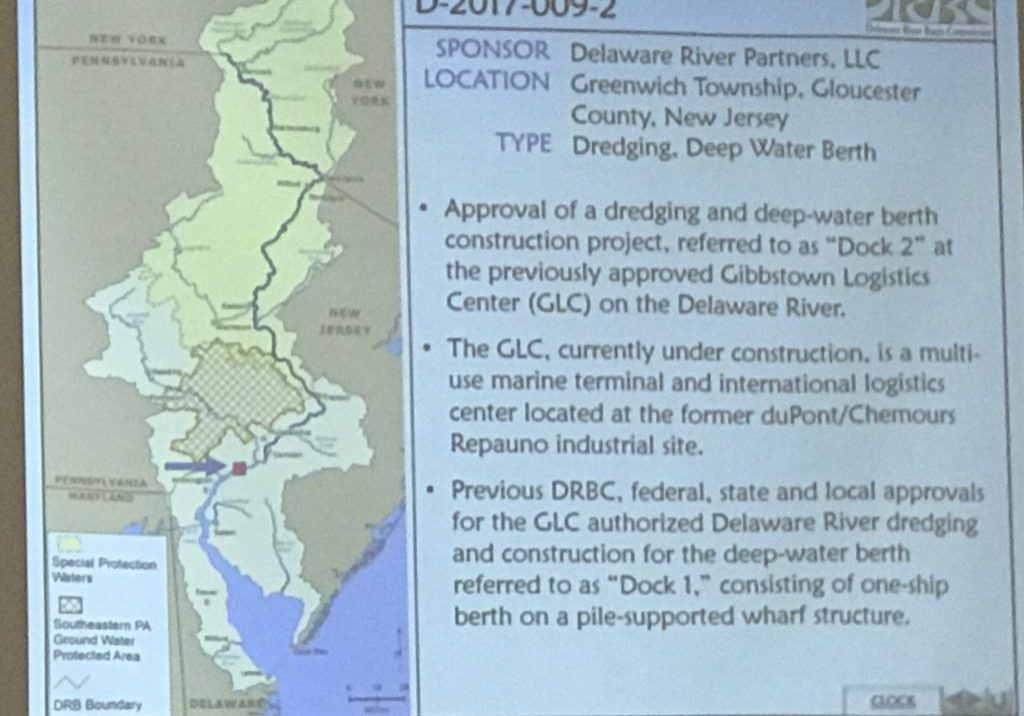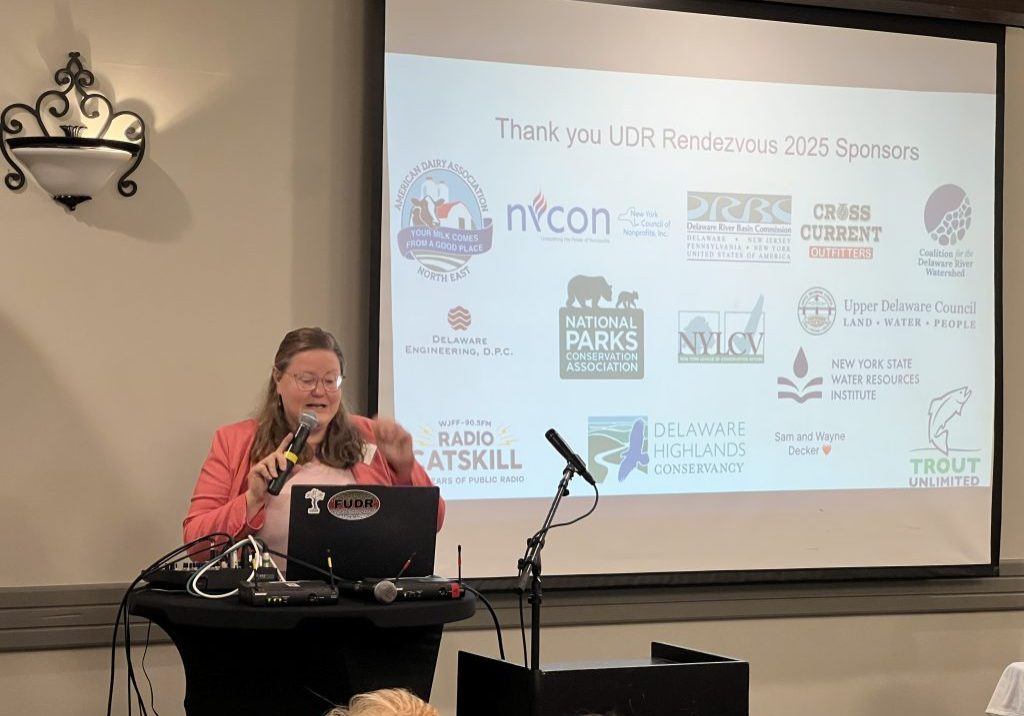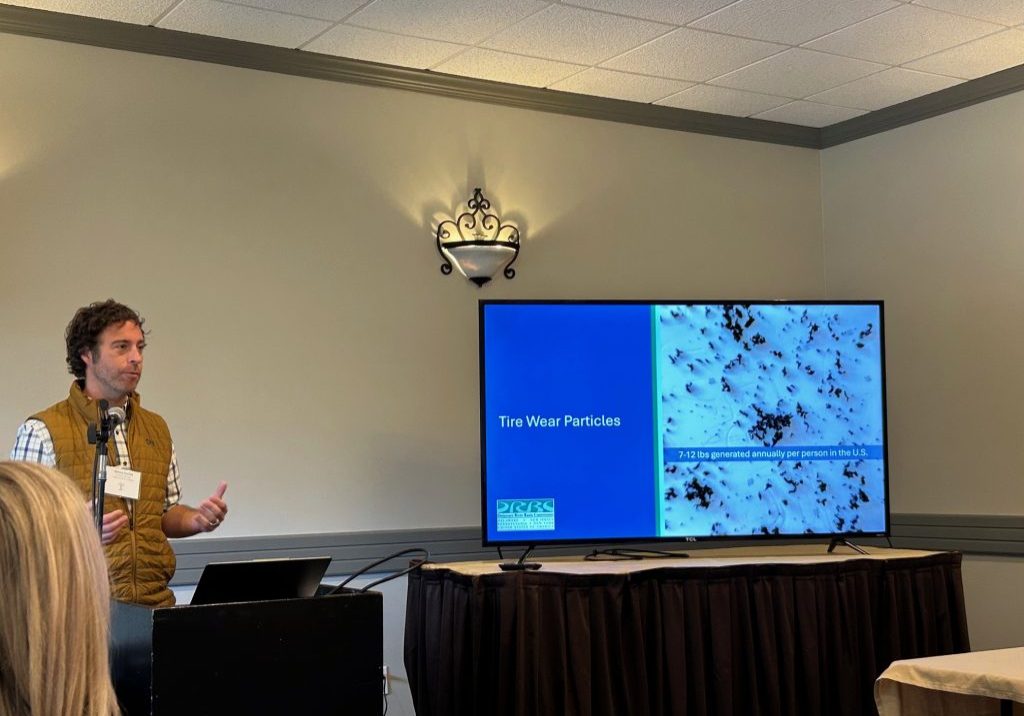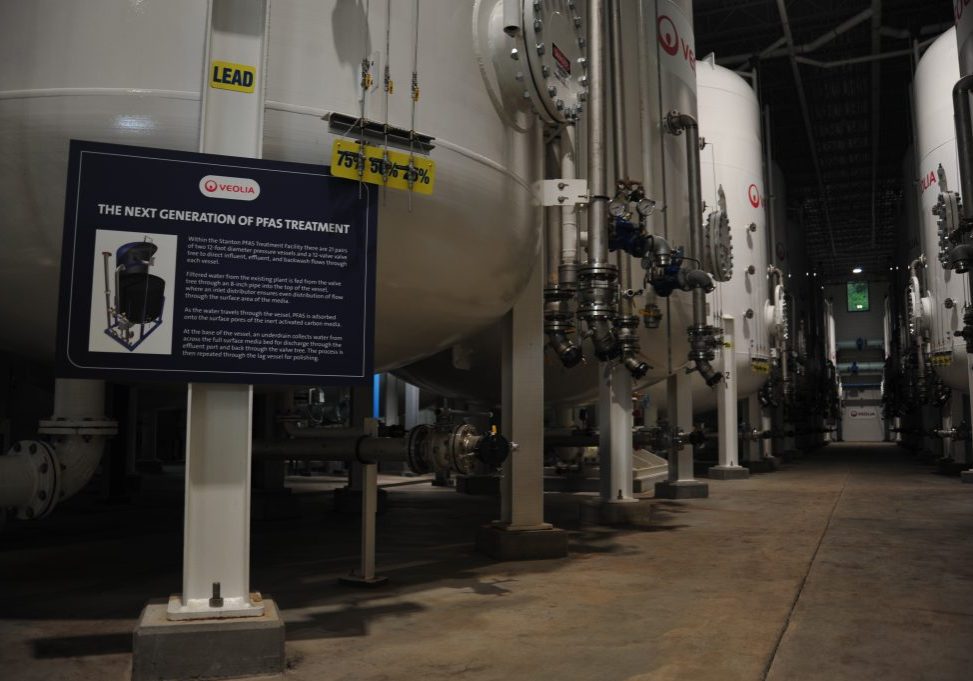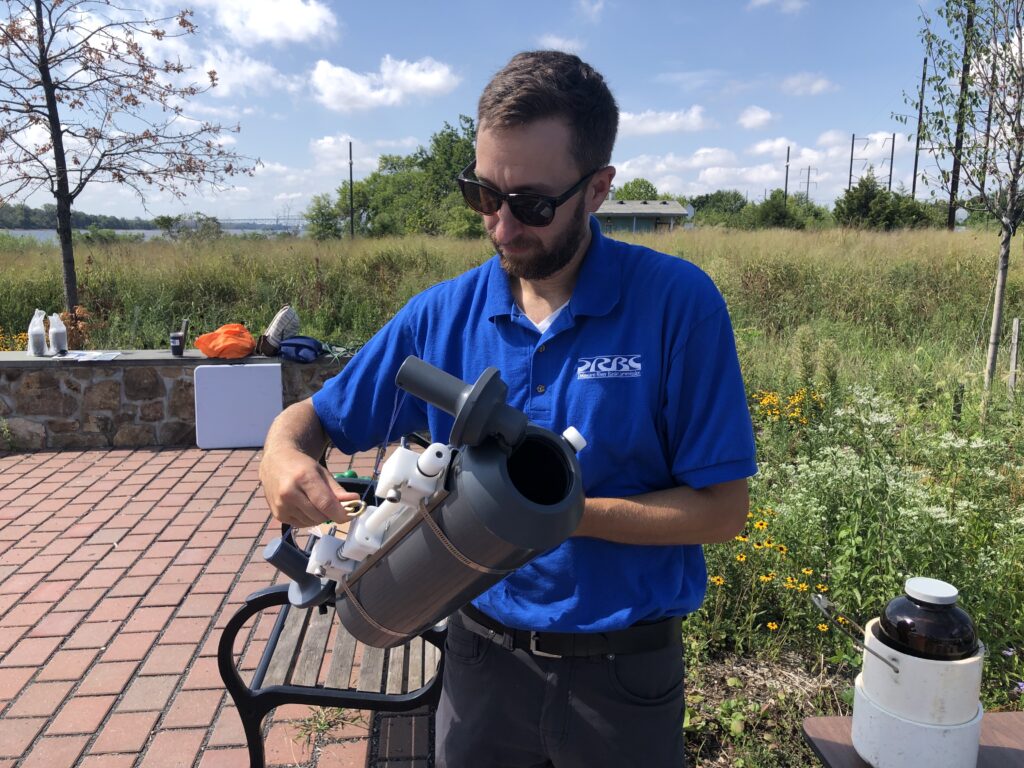
Microplastics prevalent in samples from the Delaware River
Fibers made up the majority of the tiny plastics collected, study finds
| September 1, 2022
Microplastics, tiny plastic fragments about as big as a sesame seed that can be harmful to aquatic life, were found in more than a dozen sites sampled in the Delaware River Estuary, a newly released study found.
The report, spearheaded by the Delaware River Basin Commission, sought to inventory the distribution of microplastics in the upper portion of the Delaware River estuary through monitoring and modeling.
And inventory researchers did: The tiny plastics – in a spectrum of colors that included orange, pink, red, yellow, purple and black — were recovered in all 15 sites sampled in Delaware, New Jersey and Pennsylvania.
Microbeads, like those found in toothpaste or facial products, had been a source of concern and gained notoriety for their potential harm in waterways but were phased out by federal legislation. The samples drawn in the Delaware, found polyester, Rayon and man-made cellulosic fibers, popularly used in clothing, were the most common types of microplastics recovered, the report said.
Why does it matter?
The tiny plastics can come from larger pieces of plastic decaying over time, clothing and even atmospheric deposition as fiber pieces get picked up by the wind and land in the water.
The danger of the microplastics, said Jacob Bransky, an aquatic biologist at the DRBC, is that they can attract toxic elements in rivers and then be consumed by aquatic organisms. When those organisms and wildlife ingest the tiny pieces of plastics, it can fill up their digestive systems and reduce their rate of growth because they are not getting the nutrients they need.
The DRBC report cited, for instance, a recent study in the Susquehanna River found that close to 90 percent of the diet of smallmouth bass showed the presence of a variety of microplastics.
Microplastics are so pervasive that traces of them are appearing in humans, even showing up in our lungs and bloodstream, most likely by eating contaminated seafood.
“If it’s getting consumed and getting into your body, it’s never good,” Bransky said.
More research is needed
The effects of microplastics are still not well understood and require more study. The DRBC report set out to test different methods of sampling, educate the public about their hazards and set a foundation for further studies.
“Understanding the inputs from major tributaries into the estuary and quantification of microplastics in the river is a vital first step towards understanding the potential problems posed by this contaminant of emerging concern,” the report said.
Three collection methods were used in 2019 and 2021: Using a jug-shaped “grab sampler,” a cone-shaped net and a device called a Niskin sampler, which resembles a vintage Electrolux vacuum cleaner.
The report said a large discrepancy was found in microplastics concentrations depending on which collection method was used. The non-net methods collected higher concentrations, with the highest occurring in Rancocas Creek, the report said.

“These very small plastics in our water do us great harm,” U.S. Rep. Brendan F. Boyle of Pennsylvania said at a news conference on Tuesday announcing the study’s findings. “This is a challenge that we are working up to.”
Other studies
This was not the first study to explore microplastics in the Delaware.
The U.S. Geological Survey and the National Park Service sampled nine locations on the Upper Delaware, Middle Delaware, and Lower Delaware Scenic and Recreational River and its tributaries.
Microplastics were found in 100 percent of water and sediment samples, 94 percent of fish and 45 percent of mussels, according to the findings, which were published in 2021.
And, similar to the DRBC findings, fibers were the most prevalent of the tiny plastics, accounting for 70 percent of microplastics in water samples, 77 percent in sediment samples and 97 percent in fish samples.
And a 2020 report by the University of Delaware’s College of Earth, Ocean and Environment found that water samples collected at five stations confirmed that microplastics were indeed in the environment.
Bransky cautioned against extrapolating from the 15 sample sites to project a total volume of microplastics that might be in the river. He said the study’s samples provided a snapshot of a moment in time.
However, there was no question of the pervasiveness of plastic litter.
Bransky, speaking at a news conference at Lardner’s Point Park, noted that plastics made up half of the debris collected at a litter clean-up at the park that morning.
Preventive measures should be taken to choke off the sources of microplastics before they can enter the waterway, he said, noting that some washing machine models have filters to capture the kinds of fibers that can get into waterways.
“Reduce your use of single-use plastics,” Bransky said. “It’s going to take a collaborative effort because it’s just such a big problem.”



